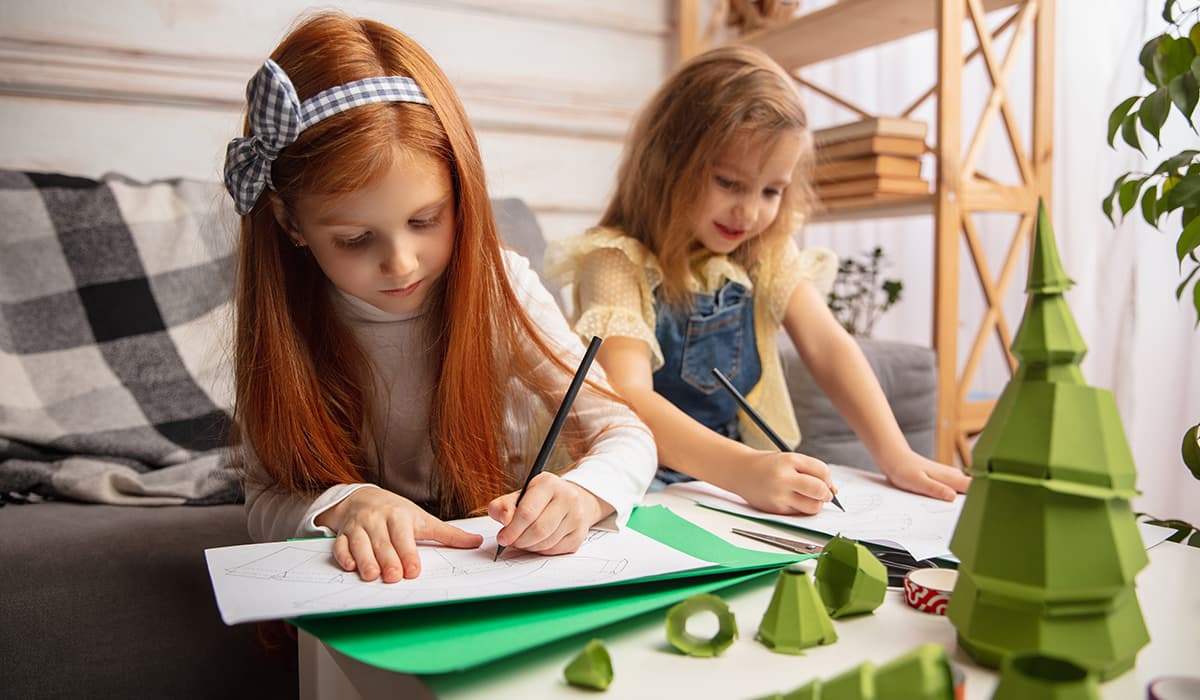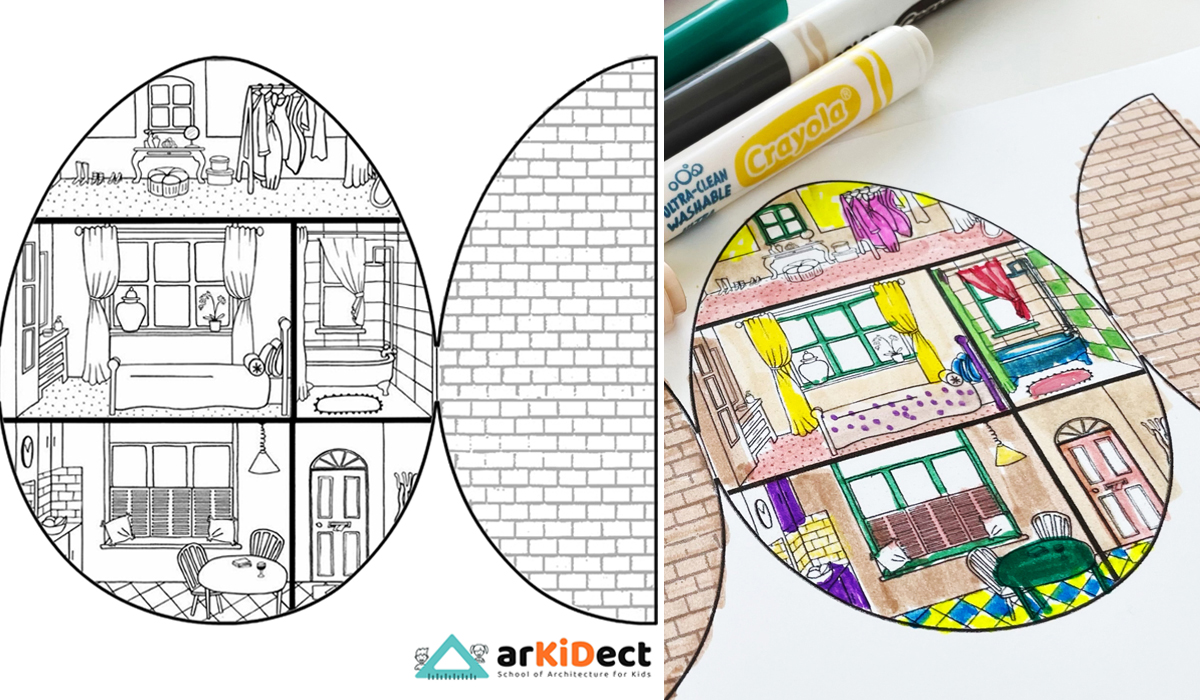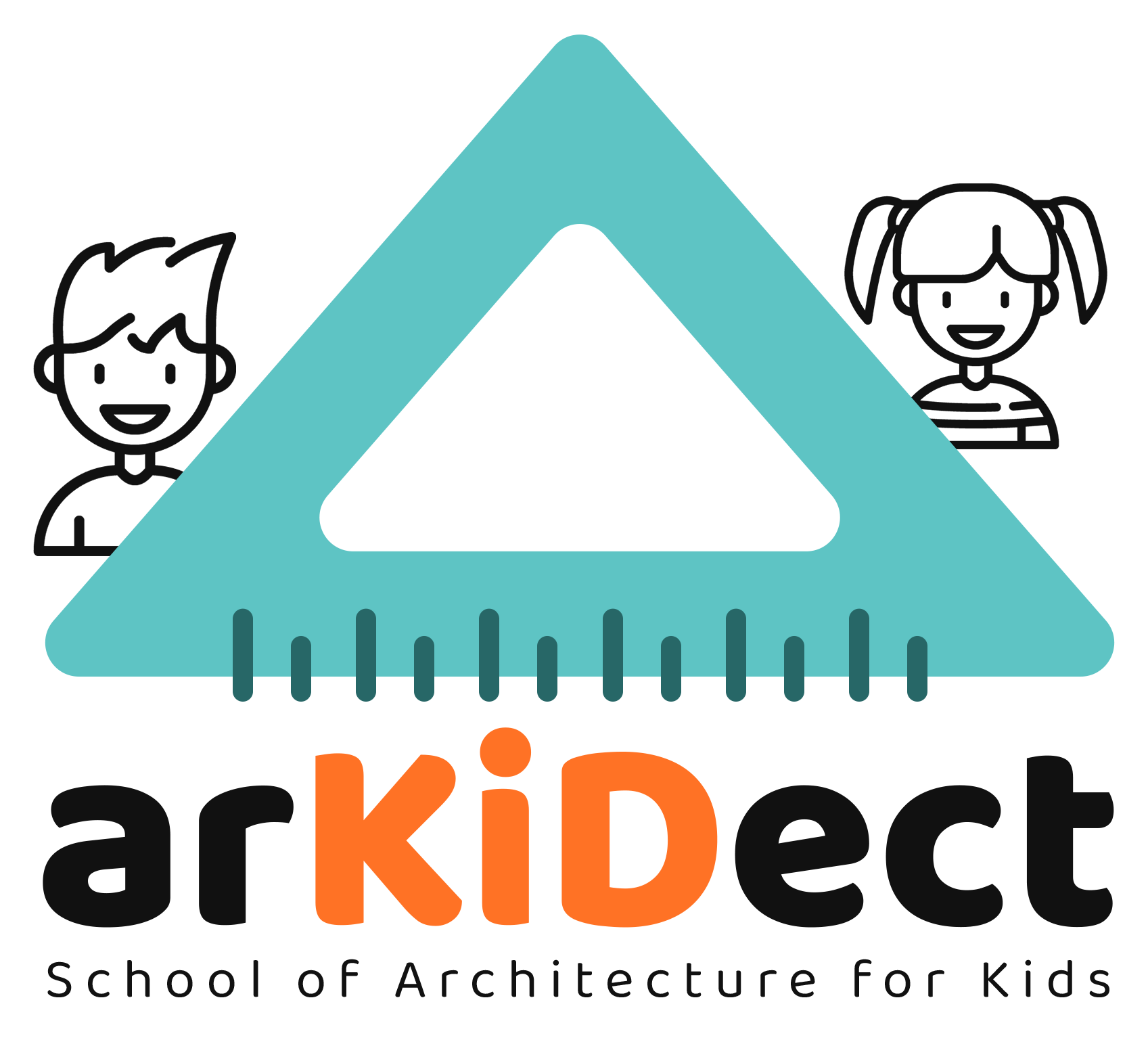Many people view architecture as a difficult, adult-oriented topic, but what if we told you its fundamentals could be learned through games? In this article, we’ll take a look at the fun field of kid-friendly architectural play. By doing so, we encourage creative thinking and cognitive growth in our future architects while also making education more enjoyable.
Play’s Crucial Role in Education: Laying a Solid Footing
Children learn best through play. Children learn and practice important life skills through play, including innovation, problem solving, and socialization. When applied to the classroom, play transforms into a potent instrument for teaching intricate architectural principles in a way that students will find both interesting and accessible.
The Basics of Block Play: The Enchantment of Building Materials
Every kid enjoys playing with construction toys like LEGOs. These bright blocks are great for inspiring future builders and designers, not simply playing with. By constructing and dismantling with these blocks, children get an understanding of spatial connections, balance, and structure. They are literally laying the groundwork for future architectural thought.
Structures as Diverse as Towers
Construct basic structures like towers, bridges, and houses to get the hang of things. Once children have mastered these, you can go on to more complicated patterns. This methodical approach helps children learn about basic architectural concepts while having a great time doing it.
The Art of World-Building Through Imagination and Creativity
One of the most fascinating things about architecture is that it combines aesthetics and function. Tell children to use all the creativity they can muster. Get them to draw up plans for their ideal homes or even entire fictional cities. Creative thinking is sparked and the idea of design thinking is introduced through this kind of make-believe play.
Prototyping and sketching
It’s important to teach kids how to sketch and make prototypes as they develop. Having the ability to imagine and refine designs is a crucial quality for architects. To make learning through play even more tangible, have them draw or build miniature versions of their inventions.
Masterpieces of Architecture: A Game for Teaching Its History
Make a game out of learning about historic buildings. The Pyramids of Giza and the Eiffel Tower are just two of the many iconic structures that may be recreated by kids using a wide variety of materials. This not only exposes kids to famous buildings, but also educates them on the many various types of architecture.
Practical Considerations: Visits to Real-World Locations
Field trips to local architectural marvels could add a practical element to your lessons. Seeing magnificent structures like churches or skyscrapers in person can be a humbling and enlightening experience.
The incorporation of play into architectural education is an effective method. It makes school fun again, aids with brain growth, and inspires creative problem-solving in young minds. Keep in mind that fun and games are not the antithesis of education. Therefore, let’s inspire the next generation of architects to take one step at a time toward realizing their visions for the built environment.





